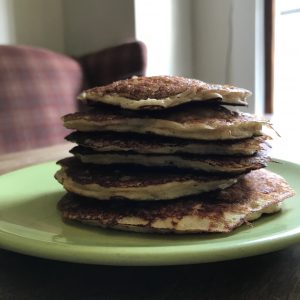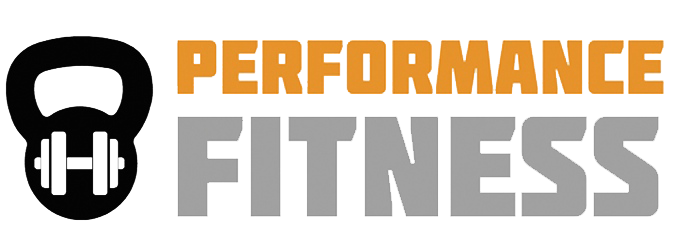Protein bars and shakes – the low-down
If you’ve been following along here on the blog or caught the buzz about protein in the health and fitness universe, then chances are you’ve already consumed your fair share of protein bars and/or protein shakes.
You know it takes a concerted effort to hit your daily protein requirements. You may not enjoy eggs, chicken and steak every ding-dang day. You want something lighter, sweeter sometimes, without eating too much sugar or junk, or going way over your calorie allotment.
You might need the convenience of quick, on-the-go fare for when traveling. You don’t have time to cook.
This is where protein supplementation comes in. With so many on the market, though, how do you pick the best one for you? Here’s a list of five things to look for in a protein bar or shake.
- Protein grams per serving
A protein shake or bar in the best-case scenario is a meal replacement, not a calorie-costly add-on item. This means that the protein count should hover somewhere around 20 grams per serving. Right off the bat you can eliminate a good deal of options and narrow it down. - Ingredients
Try to choose a product that doesn’t include, for example, partially hydrogenated vegetable oil. Read up on that killer here http://www.mayoclinic.org/diseases-conditions/high-blood-cholesterol/in-depth/trans-fat/art-20046114?pg=1. Soy is another no-no in my book. If you need a dairy-free option, there are others out there, like pea, hemp and brown rice. Here’s the down and dirty on soy http://www.thehealthyhomeeconomist.com/170-scientific-reasons-to-lose-the-soy-in-your-diet/. And make sure your bar doesn’t list a ton of sugar ingredients—things like cane syrup, corn syrup, glucose, invert sugar, barley malt, dextrose, rice syrup, maltose, brown sugar, sucrose, beet sugar, agave nectar, and so forth. One or two? Okay, no biggie. Four or more? Stay away. It will probably taste like ass with so many sugars there to mask the hideousness. Which brings me to… - The AMOUNT of ingredients
Like any other food, the fewer ingredients, the better. Stick as closely to nature as you can, even with these—let’s face it—processed foods. We are choosing our battles. Simple as that. - Calorie count
Yes it’s a meal replacement but if your bar comes in at over 300 calories, you’re way better off with a bowl of ground turkey hash. And when it comes to powder, you will likely be mixing it with other ingredients for your smoothie. Make sure a scoop doesn’t cost you more than around 100 calories. Chances are you’re not on a mass-gains program. - Taste!
Of course the supplement you choose should taste good. Try out a couple. Read the reviews.
And hey! Here’s a bonus:
Reputation
Choose a bar or powder that’s tried and tested and true by hundreds, or even thousands of consumers. New products are coming out all the time, so be on the look-out for even more choices that fit these criteria.
My fave bar going on three years now is the Quest Nutrition Protein Bar. It comes in a range of flavors – like peanut butter and jelly, mocha chip, and strawberry cheesecake – contains 20 grams of protein, is sweetened with Stevia and Erythritol, has about eight total ingredients and is about 200 calories. Other decent choices are Rise (the almond honey flavor) and FitJoy. Use those Bed Bath & Beyond coupons you’ve been collecting to get a good discount on some of these yummies.
Also, Pinterest has tons of recipe ideas for treats made with Quest Bars.
For protein powder, I’ve been using and loving Optimum Nutrition Gold Standard in French Vanilla Creme for years. It mixes easily and comes in many flavors, though I return to the French Vanilla again and again. I make pancakes with it, banana bread, homemade protein bars and of course, smoothies. It’s better priced than most, including the Whole Foods brand. This reminds me—you DO NOT need to waste your money on organic, grass-fed protein powders. Here’s why—click here. While we’re on the subject of nearby stores, Trader Joe’s sells Designer Whey, which fits the bill, but IMO doesn’t taste as good as Optimum Nutrition.
Here’s a handy list of 2017’s best protein powders for men, women, muscle gain, weight loss and a great info graphic that explains the ingredients found in most whey protein powders.
I leave you with my protein pancake recipe—
INGREDIENTS
1 medium banana
½ cup uncooked Gluten Free Oats
2 Scoops Gold Standard 100% Whey – French Vanilla Creme
2 Extra Large Eggs
1.5 TBSP Butter
½ cup Whole Milk Ricotta Cheese
2 tsp baking powder
DIRECTIONS
Heat a griddle over medium heat.
Slice or mash the banana, and mix all ingredients in a bowl, except the butter.
Add a teeny bit of butter to the griddle and spread it all around.
Ladle a scoop of the mix and cook, turning pancakes when bubbles rise and pop. Use your judgment here. It’s always a gamble.
NUTRITION INFO:
Makes about 10 pancakes. Per pancake,
103 calories
4 grams fat
7 grams carbohydrate
9 grams protein
Note: These pancakes are delicate, so don’t be alarmed if they are a little breaky-uppy. I love them with a drizzle of syrup and a schmear of peanut butter. Good stuff.
Bon Appétit!
